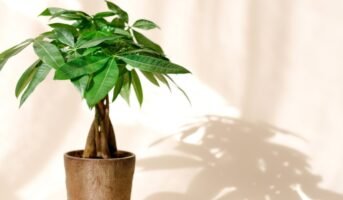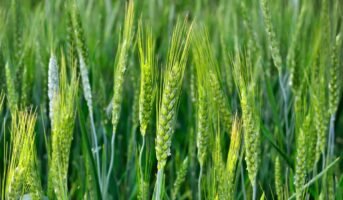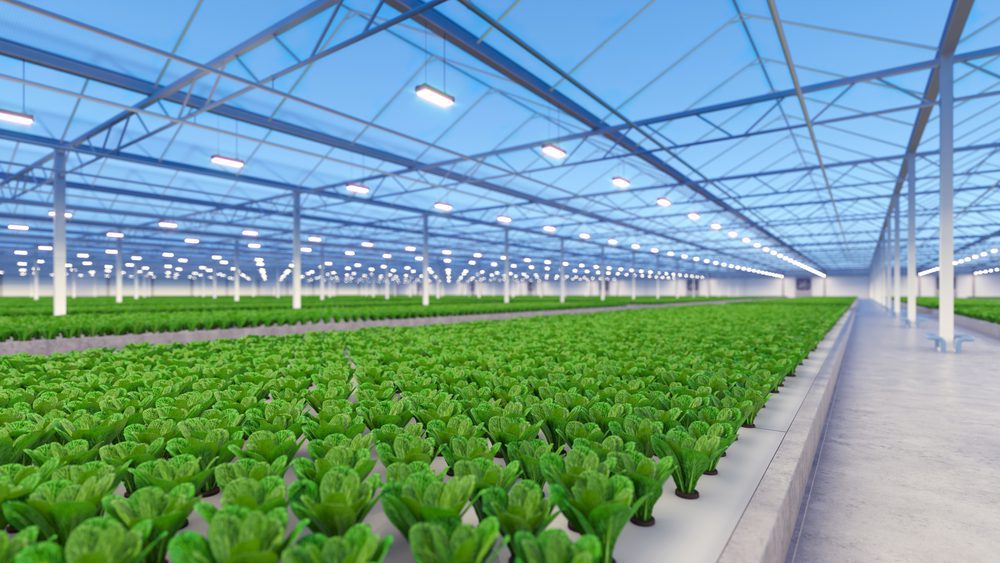
What is a Greenhouse?
A greenhouse is a glasshouse with sufficient heating or a hot house structure designed with walls and a roof. It is made of transparent material [like glass] where plants are grown in their required regulated climatic conditions.
The structures of greenhouses differ in size, from little sheds to industrial-sized buildings. A miniature type is called a cold frame. The interior of a greenhouse facing sunlight becomes comparatively warmer than the external temperature, securing its contents in cold weather.
The glass greenhouses are full of advanced equipment like screening installations, cooling, heating, and lighting are possible and controlled by a computer to regulate and optimize conditions necessary for plant growth.
You can also find several techniques utilized to manage growing conditions, such as relative humidity, air temperature, and vapor-pressure deficit. It is to give cultivation of a specific crop with an optimum environmental demand.
known about Exotic Vegetables
Story and interior of Greenhouse
A greenhouse is a structure created to protect delicate or out-of-season plants against extreme cold or heat. In the 17th century, brick or timber shelters were typically used to construct greenhouse structures. As a result, there was a good source of warmth and an average amount of window space.
The greenhouse eventually advanced as the glass cost decreased, and numerous advanced heating methods became affordable. Finally, an unplanned scenario resulted in the greenhouse turning into a glass-walled, roofed structure with a basic wooden or metal framework.
It changed by the first quarter of the 19th century, going from a simple sanctuary in a challenging climate to a wholly controlled habitat. At that time, greenhouses were also modified to meet the unique needs of various plants. The improvement in this century raised the demand for exotic plants, which later opened the door for the adoption of glasshouse culture, beginning in England and spreading to many other countries.
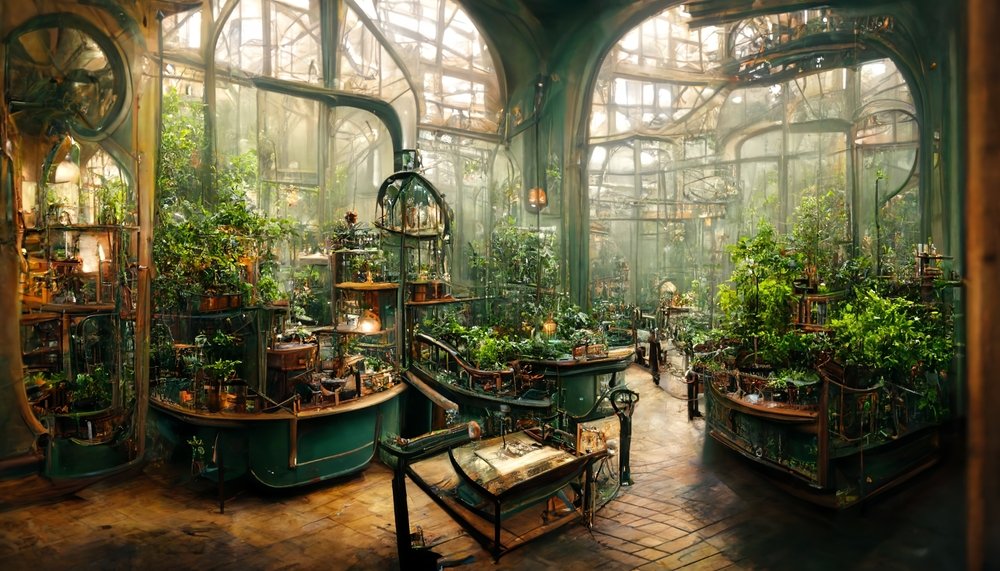
While smaller structures are more in demand among hobbyists, collectors, and regular home gardeners, larger greenhouses are essential for botanical study, particularly in agriculture and horticulture.
The modern greenhouse was an adaptation of the earlier models, typically a glass or plastic-framed building. Vegetables, fruits, flowers, and many sorts of plants that require specific temperature conditions were produced in the upgraded greenhouse.
The span-type greenhouse, which has an A-shaped or double-sloped roof, and the lean-to greenhouse, which leans against a building’s side, are examples of the first structural forms. To cut down on the number of external walls and heating costs, two or more span-type greenhouses are angled side by side.
While smaller structures are more in demand among hobbyists, collectors, and regular home gardeners, larger greenhouses are essential for botanical study, particularly in agriculture and horticulture.
The modern greenhouse was an adaptation of the earlier models, typically a glass or plastic-framed building. Vegetables, fruits, flowers, and many sorts of plants that require specific temperature conditions were produced in the upgraded greenhouse.
A ventilation system is necessary for such a situation since a greenhouse could get overly hot or chilly. Typically, this includes end-wall holes with electric fans that are used to draw air and then circulate it throughout the interior and roof vents that can be automatically operated.
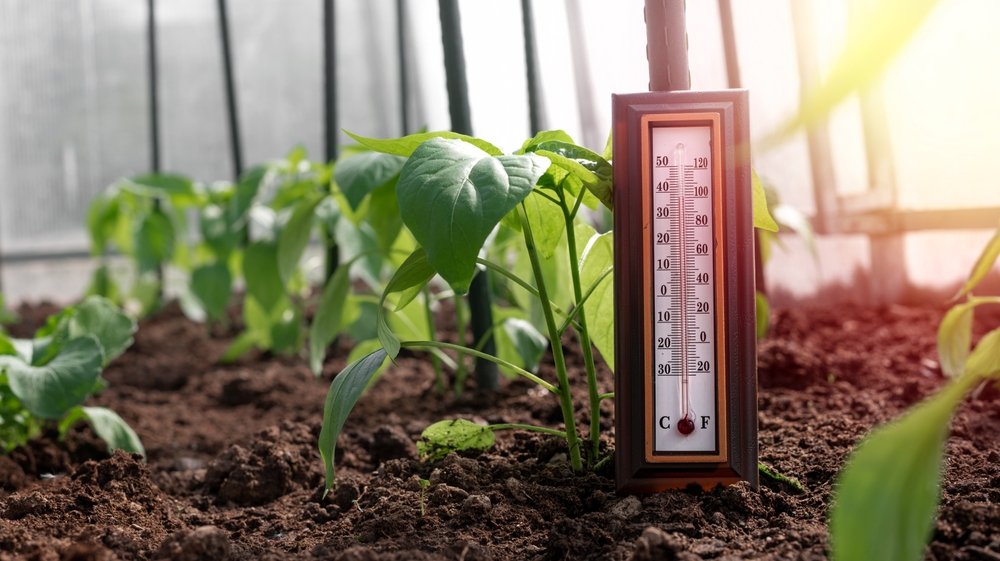
Temperature requirements
The plants grown and maintained in greenhouses are divided into broad categories depending on the temperature requirements during nighttime hours. Likewise, the nighttime temperature in a cool greenhouse is regulated between 7–10 °C, i.e., 45–50 °F. Bulbous plants like tulips, hyacinths, daffodils, irises, narcissi, cyclamens, carnations, azaleas, itineraries, fuchsias, geraniums, snapdragons, and sweet peas, are some plants that need a cool greenhouse for survival.
Meanwhile, the nighttime temperature of a warm greenhouse lies between 10–13 °C, i.e., 50–55 °F. Therefore, begonias, gloxinias, chrysanthemums, orchids, African violets, roses, coleuses, many types of ferns and cacti, and a variety of succulents need a warm greenhouse for rational growth.
Caladiums, passion flowers, gardenias, bougainvillea, and several types of palms and orchids need a tropical greenhouse. It[hothouse] needs to have nighttime temperatures between 16–21 °C, i.e., 60–70 °F for proper development. Countries facing cool climates use commercial greenhouses to grow and maintain tomatoes with other warm-weather vegetables.
Properties of greenhouse
The glass used in domestic greenhouses is typically 3mm or ⅛″, known as horticultural glass grade. This sort of glass has sound quality that should not have air bubbles.
The often-used plastics in greenhouses are polyethylene film with additional multiwall sheets of polycarbonate material [PMMA acrylic glass].
Commercial glass greenhouses usually use high-tech production facilities, particularly vegetables or flowers. Regarding adoption, there are approximately nine million acres of greenhouses worldwide.
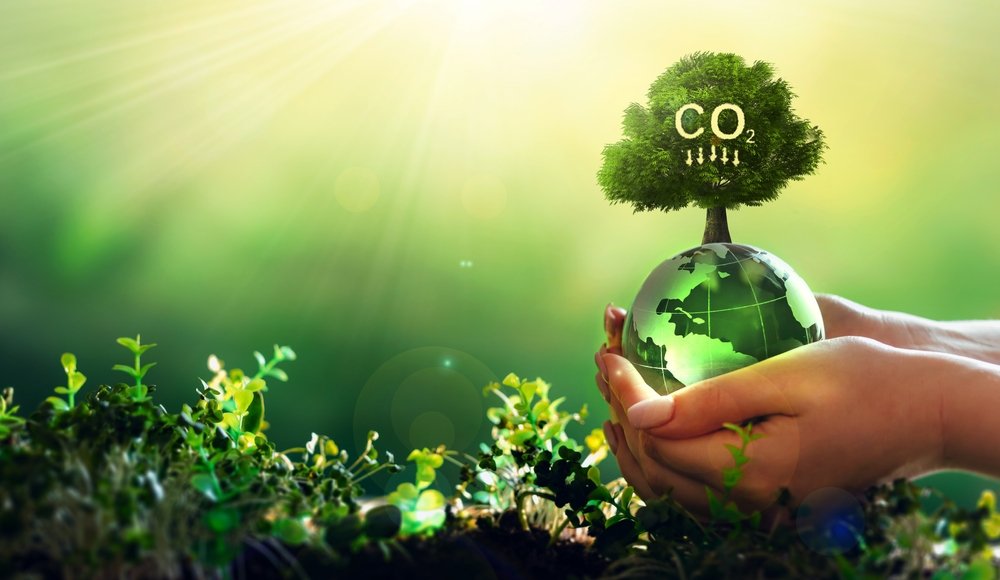
Need for Greenhouse
Why do you need a Greenhouse? There are several important reasons you need to shift to a greenhouse. But, first, here are some facts about a greenhouse acts as a boon:
The intense weather kills many plants that can flourish well in a greenhouse. However, you can use a small electric heater to warm up the temperature within the greenhouse.
Enjoy fresh, chemical-free veggies throughout the year, indeed saving expenses spend at the grocery store.
Greenhouses keep the natural environment inside intentionally good for health. For example, the scattered light in Solexx greenhouses eliminates Seasonal Affective Disorder [disorders related to seasonal changes].
You can grow exotic tropical plants in greenhouses ordinarily any time of the year.
Now, be an active gardener at any time of the year, even if it’s a cold season. Then, continue the same garden in warm weather also.
Any seller or farmer can install a greenhouse that will provide a healthy and nutritious yield all year.
The greenhouse also helps you in saving lots of money without wasting production.
Greenhouse development
Greenhouses enable extensive control over the growing environment of plants. The technical specification of a greenhouse decides the key factors that will be tackled. Some key elements are irrigation, temperature, light and shade levels, fertilizer application, and atmospheric humidity, playing crucial parts.
Greenhouses are also used to overcome the limitations found in the growing qualities of any land. For example, it might be a short growing season or some poor light levels, focusing on the positives- they can henceforth enhance food production in marginal environments. In terms of shade, houses are mainly used to give proper shade in hot and dry climates.
The greenhouse facilities can allow certain crops to grow fluently throughout the year, where the closed environment is increasingly crucial in the food supply of high-latitude countries. For example, Almería, Andalucía, Spain, are some of the largest complexes in the world, with a greenhouse covering around 200 km (49,000 acres).
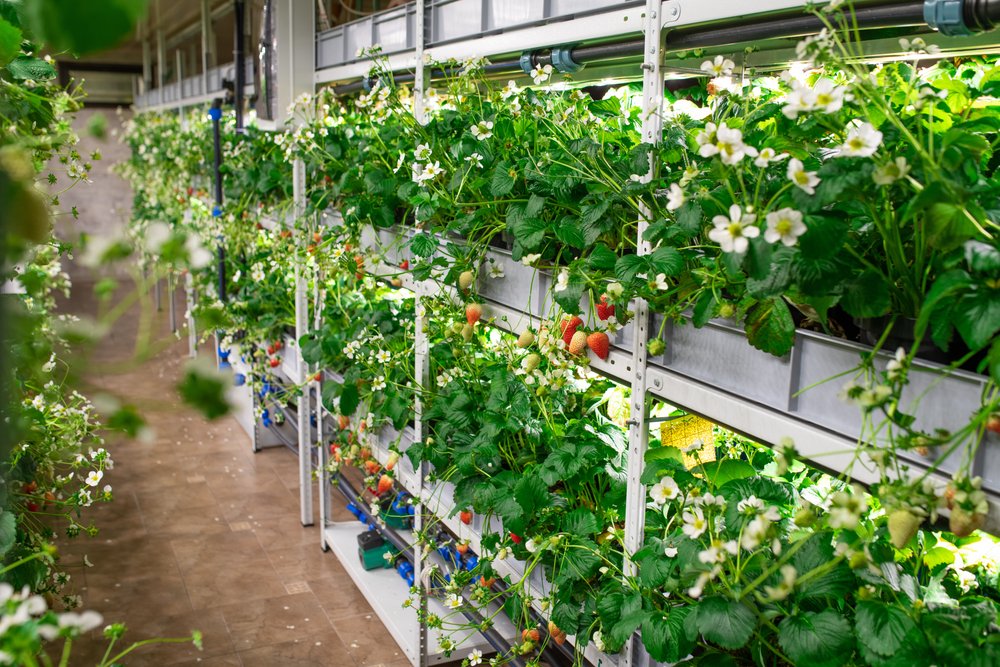
This structure is mainly used for growing flowers, vegetables, fruits, and transplants. Unique greenhouse helps grow crops like tomatoes commonly incorporated for commercial production. Most vegetables and flowers can be grown in unexpected greenhouses, particularly in late winter and early spring.
Such entities are transplanted outside as the weather becomes warmer. For stacking seed trays inside the greenhouse, people use seed tray racks for later transplanting outside. Hydroponics is a type used to undertake the most out of the interior space while nurturing crops to mature size.
The type of Bumblebees can act as pollinators for pollination. However, there are many other kinds of bees used for artificial pollination.
Greenhouse closed environment has special management requirements distinct from outdoor production. It would help to control various factors like pests and diseases, intense temperature, and humidity. On the other hand, irrigation is mandatory to provide water. However, the majority of them use sprinklers or drip lines.
Types of Greenhouses
Greenhouses are the savior that provides an ideal environment for plants bearing fruits, veggies, and flowers, protecting them from paramount weather conditions and pests. You have countless types of greenhouses – some are pretty simple, a few are intricate, and others are gigantic with homogenous structures of glass walls.
Why do people use a glass roof for the greenhouse? So, the inside plants will be able to get enough reflected filtered sunlight. The internal temperature needs to be maintained warmer than outside weather.
Diverse greenhouses are introduced with time, incorporating different heating and cooling systems to help control the internal temperature. Hence, your budget and climate control are all needed to build a particular greenhouse.
Shape
A greenhouse is mainly classified according to its initial shape, which includes Gable, Raised-dome, Flat arch, Sawtooth, Skillion, or Tunnel pattern.
Multi-Span Structures
A greenhouse with a multi-span structure usually has a surface area poorer than several single-span structures of equivalent production magnitude. It ensures less heat loss and offers significant energy savings. Many use this type of greenhouse to attain substantial frugality of scale and production competence. These are commonly more robust in design to prevent less damage in storms and gale-force winds.
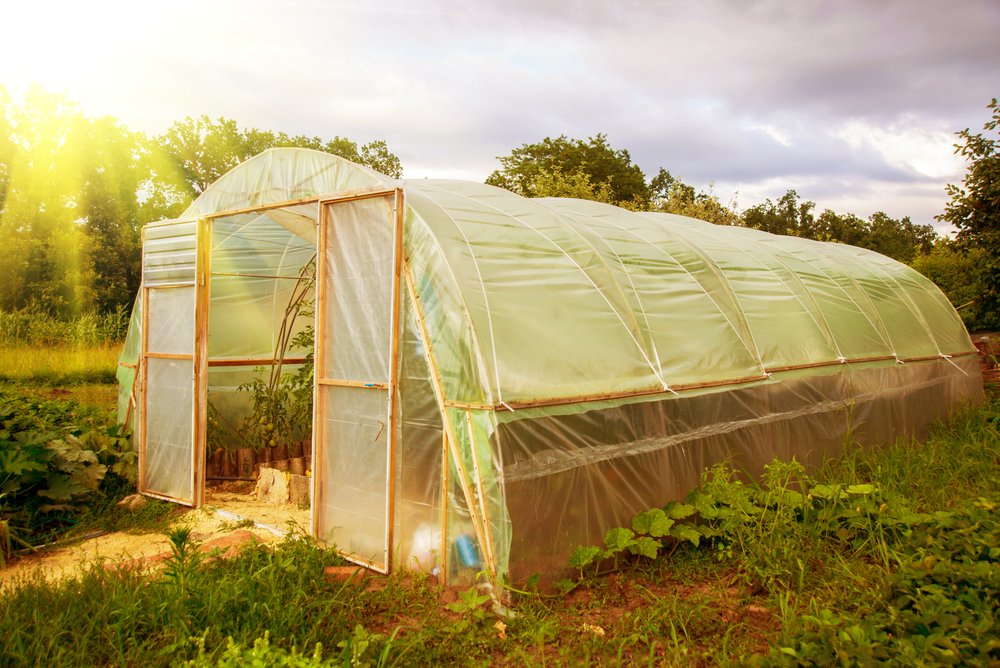
Greenhouse grading on structural shape and style
You will find further different types of greenhouses, and you can categorize them by deciding their structural shape. Let’s get started with some bold models:
Lean-to model
This type of greenhouse is placed against a side of a building or the side of an existing structure. The walls can either be used as one side of the greenhouse or between two buildings. Lean-to pattern has three or two sides to shield with greenhouse sheeting material and the roof for a complete enclosure.
The maximum size of Lean-to types of greenhouses, or assume any window-mounted ones, is within 12 ft and contains only 1 or 2 rows of plants at a particular time. However, by adjusting the sunlight ratio, you can try to extend it to an even longer wall.
Pros
- Proximity to amenities like electricity and water supply from the main building.
- Smaller flexible structures incur less cost effect on materials.
- Needs pocket-sized space for set up.
- Hardly any support requirements for the roof.
Cons
- It offers limited space for plants.
- Not enough light exposure for continuous plant growth.
- Difficult to control the temperature due to the wall sides.
- Height limitation because of the supporting wall.

Elevated and furrow pattern
It is a significant example of a structural type of greenhouse that takes after an A-frame design. The structure connects the A-frame formation in a neat row, where each row involves the eave to drain excess snow and rain.
A-frame greenhouses pose a classic country look with steel-blue roof thatches and white to dark wood tongue-and-groove infra. These are affordable and can be easily constructed using some basic materials. This type will barely use wood or plastic film coverings in your home.
Though, it needs some basic construction knowledge. The peaks might be more challenging to maneuver due to their broad base and short height. Remember, airflows are not absolute around the lower edges or on the side of right angles.
This structural design is known in a large farm setting with multiple greenhouses and doesn’t want any destruction from rain or snow. Connecting many greenhouses will add more growing areas and improve the site by absorbing more sunlight. In addition, it will assist in cost-savings and energy as well.
Pros
- It provides enough room within the structure to grow plants.
- Preserve automation and energy.
- Ensures structure longevity by voiding out rain and snow from the roof.
- It gives a fascinating look.
Cons
- Expensive to set up.
- It needs a big piece of land.
Even span type
You can identify these types of greenhouses in the blink of two distinct sloping roofs. Then, based on your measurements, it is pretty comfortable to use this structure to set up a compact greenhouse in your backyard.
While setting up, you can attach one end to the house or let it stand alone in the garden space. You can adjust its size to maintain plenty of plants to fit multiple rows and shelves. No need to worry about the areas, as all the sides have transparent glass or other material that will help plants receive ample sunlight.
However, exposing such a vast area to heat might cost you more. Instead, you can set up a heating system to maintain the temperatures from plunging during cold days and nights.
Pros
- Flexible design without any limitations in terms of size.
- Spacious for maintaining many plants.
- It comes with an ideal shape to sustain uniformity in terms of temperature.
- A-frame roof to drain out excess rain and snow.
Cons
- Costlier than others to set up.
- Need its heating system.

Gothic architectural design
If you have seen the gothic structure before, you can picture its richness. This type of greenhouse has a blatantly pointed roof to remove the necessity of considering trusses on the system.
A gothic arch is an ideal option for hobby and commercial use since it is adjustable in size. It can be small or as big as you want to make it. All you need to consider is the space you have and the expenses of choosing the size for the setup.
Pros
- Versatile in nature [Can be adjusted to bigger sizes or remain small in structure].
- It comes with a captivating look.
- Quickly drain out the snow and rain due to its structural design.
- No need for trusses.
Cons
- It uses more materials in comparison to other types of greenhouses.
- It doesn’t forward ample air circulation, especially to the corners.
Uneven span pattern
You’ll notice a unique feature concerning this type of greenhouse. One roof of the greenhouse is longer than the other. Therefore it is named unevenly. The reason behind the structure’s design is to enable enormous sunlight intake when it lies in a hilly area.
Generally, the longer side of the roof is kept to the south and needs to be transparent. That is why most greenhouses are now placed in flat areas, and you can hardly find this type of greenhouse.
Pros
- It helps sunlight reach every corner of plants.
- It keeps the wind at bay.
- Well-built and long-lasting structural pattern.
Cons
- Not meant for flat areas.
Greenhouse grading on frame material
The basic need of any greenhouse is a sturdy frame structure for optimal service. Without the support of appropriate materials, the basic frame gets weak with time and can topple easily. So, in this category, we will look over some best materials to use on variant types of greenhouses.
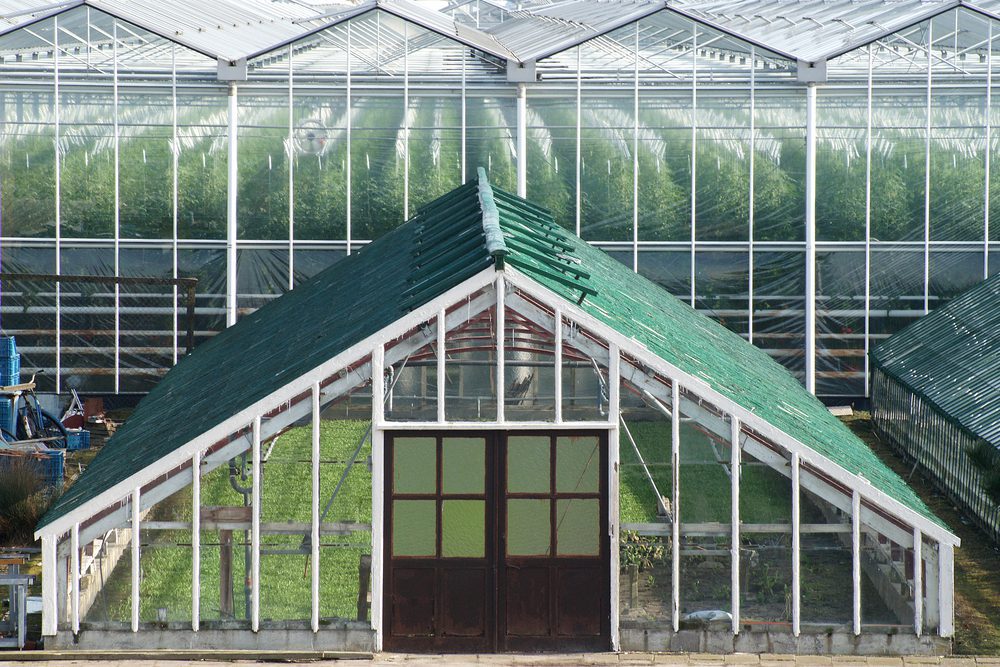
Metal Pipe Frame
These framed structures make use of heavy-duty metals, including steel and aluminum. Such tough metals are proven long-lasting, so you have a longer span of years of usage.
While setting up the metal pipe frame structure, check out thoroughly the metal used as it might be prone to corrosion. The experts also recommend using durable metal in case of commercial purposes. In addition, it will minimize the cost of replacing some worn-out pipes.
Pros
- Maneuver durable metal material.
- It offers a hefty structure to withstand the elements.
- Metal frame structures can easily resist heat in terms of high temperatures.
Cons
- Much more expensive as the material used is heavy-duty metal.
Wooden frame structures
While considering cold climate weather, wooden frame structures are the most used to help protect against the heat inside. Such greenhouses are small setups placed in the backyard to stock plants until springtime. Many places have the availability of wood, so it is easy to work with. In addition, you don’t need a professional to set up the wooden frame greenhouses.
Pros
- Thermal productivity helps it remain warm during cold weather.
- Quite simple to build and repair this type of greenhouse.
- Wood seems to enhance, especially in the case of exposed grain.
- Its timber frame is environmentally-friendly.
Cons
- Much more expensive due to the use of wood.
- It needs proper treatment. If not, it is prone to insect attacks.

Plastic structures
Only rigid plastic can build a quality type of greenhouse, especially those that need indoor attention from direct wind. If you are looking for cheap conservatories, this might be your consideration with plastic frames. The material is affordable, and you don’t need to worry about the budget while setting up the plastic greenhouse structure.
Pros
- These are available at low prices.
- If quality plastic material is used, it will give a sturdy frame.
- Not prone to damage like in the case of wood structures.
- Easy to clean.
Cons
- The frames aren’t meant for large structures.
Bonus
Hoop House
It is fabricated with a simple, curved roof and comprises PVC or metal hoops covered in plastic or fabric. The used plastic/fabric traps the sunlight and helps to keep the internal atmosphere warm. Such types of greenhouses are used primarily to grow vegetables.
Shade House
As the name suggests, this structure is dedicated to growing plants only in the shade. These are generally created out of lighter construction materials, including plastic or cloth, that will let sunlight filter in. Such greenhouses are ideal for growing several plants like vegetables, fruits, and flowers.
Sawtooth
These are more popular greenhouses and are named after the distinctive roofline with a series of triangular peaks. This structure grabs a lot of natural light, making it a perfect choice for growers looking to increase their production.
Geodesic Dome
It is a series of joined and interconnected triangle-shaped panels primarily used in large-scale commercial farming. These types of greenhouses can give you more expansive space for plants to grow.
Crop Top Structure
It comes with a roof but doesn’t have any walls. Instead, the top can be covered with materials like plastic, glass, shade cloth, or insect screening. These types of greenhouses give you slight modification of the growing environment, including crop protection from heavy rain or minimal light levels.
Freestanding
In the case of a freestanding structure, it is not attached to any other building. Therefore, it is mainly used in colder climates as it can offer insulation from the elements. These standalone greenhouses can be fabricated from many materials like metal, wood, or plastic.
Greenhouse grading on material coverage
There are diverse materials people use to cover different types of greenhouses. It determines what types of greenhouses are used in specific locations. You can look at experts’ preferred materials to fabricate significant greenhouse structures.
Polyester Plastic Material [PVC]
It is one of the most known materials that cover a greenhouse structure. You might know it as PVC plastic, basically transparent. This type of greenhouse is needed to enable sunlight to reach every plant within the area. You can also save some money using this structure in terms of cost and heating.
Pros
- Easily available.
- It enables excellent sunlight penetration.
- Relatively low with an affordable price.
- It is lightweight and straightforward to set up.
Cons
- This type is prone to damage after some usage.
FAQs
How can I choose the best location for a Greenhouse?
An ideal location for a greenhouse always depends on the purpose you are using for. For instance, a hobby greenhouse can be set up almost anywhere. However, if you're growing particular vegetables or flowers for sale, you will need a more prominent place with plenty of sunlight.
What are Greenhouse gases?
Greenhouse gases are atmospheric track-down gases that keep the surface of Earth warm. Almost three-quarters of the natural greenhouse effect is because of water vapor. The following crucial greenhouse gas is carbon dioxide. Some more gases like methane, nitrous oxide and ozone are found in the lower atmosphere, and CFCs are commonly known as greenhouse gases.
Is Greenhouse an effective option?
Greenhouses are proven a great option in the case of growing plants, specifically in the winter season or even in the summer. This ingenious creation traps the light and turns it into heat that eventually helps the plants feed and stay warm. The additional elements, including bricks and stone, together with water, assist in grabbing the heat for cold nights. You can also think of adding an external heating source.
Housing News Desk is the news desk of leading online real estate portal, Housing.com. Housing News Desk focuses on a variety of topics such as real estate laws, taxes, current news, property trends, home loans, rentals, décor, green homes, home improvement, etc. The main objective of the news desk, is to cover the real estate sector from the perspective of providing information that is useful to the end-user.
Facebook: https://www.facebook.com/housing.com/
Twitter: https://twitter.com/Housing
Email: editor@housing.com



